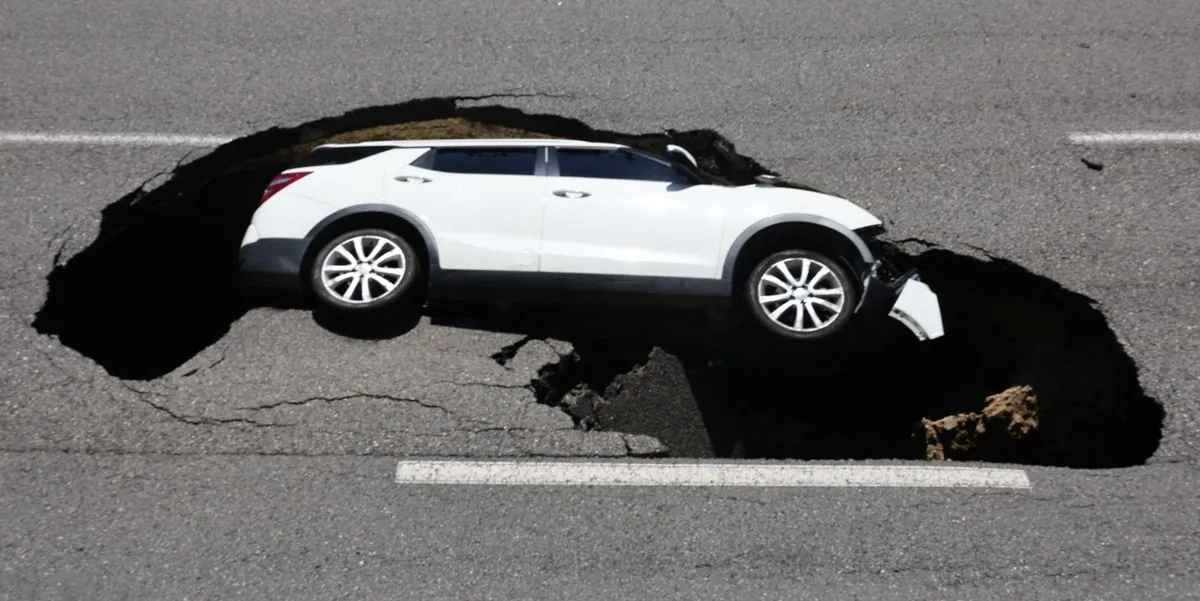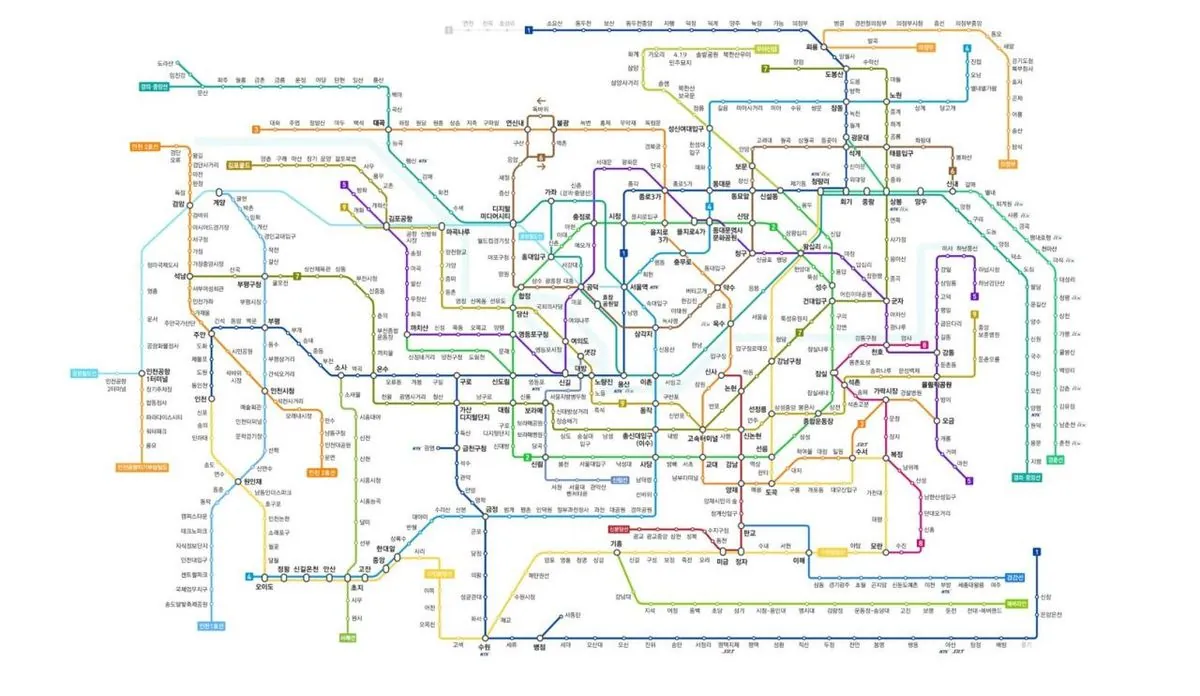Elderly Couple Rescued After SUV Plunges into Seoul Sinkhole
A sudden sinkhole in central Seoul swallowed an SUV, injuring two elderly occupants. The incident highlights ongoing infrastructure challenges in South Korea's capital, with hundreds of sinkholes reported in recent years.

In a startling incident that occurred on August 22, 2024, a sinkhole suddenly appeared in the heart of Seoul, South Korea's bustling capital, engulfing an SUV and injuring its two elderly occupants. The event unfolded around 11:20 a.m. local time in the Seodaemun district, a area known for its historical significance.
Emergency responders swiftly arrived at the scene to find a white sport utility vehicle trapped in a 2.5-meter-deep cavity. The vehicle's occupants, an 82-year-old male driver and a 76-year-old female passenger, were promptly rescued and taken for medical attention. Their conditions were not immediately disclosed.
This incident has brought attention to the ongoing infrastructure challenges faced by Seoul, a metropolis of 9.7 million residents as of 2022. The city, ranked as the world's fourth largest metropolitan economy, has experienced rapid urbanization, putting significant strain on its underground networks.

According to data from South Korea's Ministry of Land, Infrastructure and Transport, the country reported 879 sinkholes between 2019 and June 2023. Notably, almost half of these incidents were attributed to damaged sewer pipes, highlighting the pressing need for infrastructure maintenance and upgrades.
"We are intensifying our efforts to inspect and maintain underground facilities to prevent such incidents. Public safety remains our top priority."
The sinkhole occurrence has prompted local authorities to restrict traffic in the affected area as repair work and investigations continue. This event serves as a reminder of the hidden risks beneath the city's surface, despite Seoul boasting one of the world's most advanced public transportation systems.
In recent years, South Korea has invested in cutting-edge technologies for sinkhole detection and prevention. However, the challenge persists due to the extensive network of subway lines and utility tunnels that honeycomb the city's underground.
This incident in Seoul follows a similar occurrence in Malaysia just a week prior, where a tourist fell into an 8-meter-deep sinkhole, further emphasizing the global nature of urban infrastructure challenges.
As Seoul continues to evolve and grow, balancing rapid development with the maintenance of aging infrastructure remains a critical issue. The city's unique climate, characterized by four distinct seasons, adds another layer of complexity to these urban challenges.
The recent sinkhole incident serves as a stark reminder of the ongoing need for vigilance and investment in urban infrastructure to ensure the safety of residents and visitors in one of Asia's most dynamic cities.


































